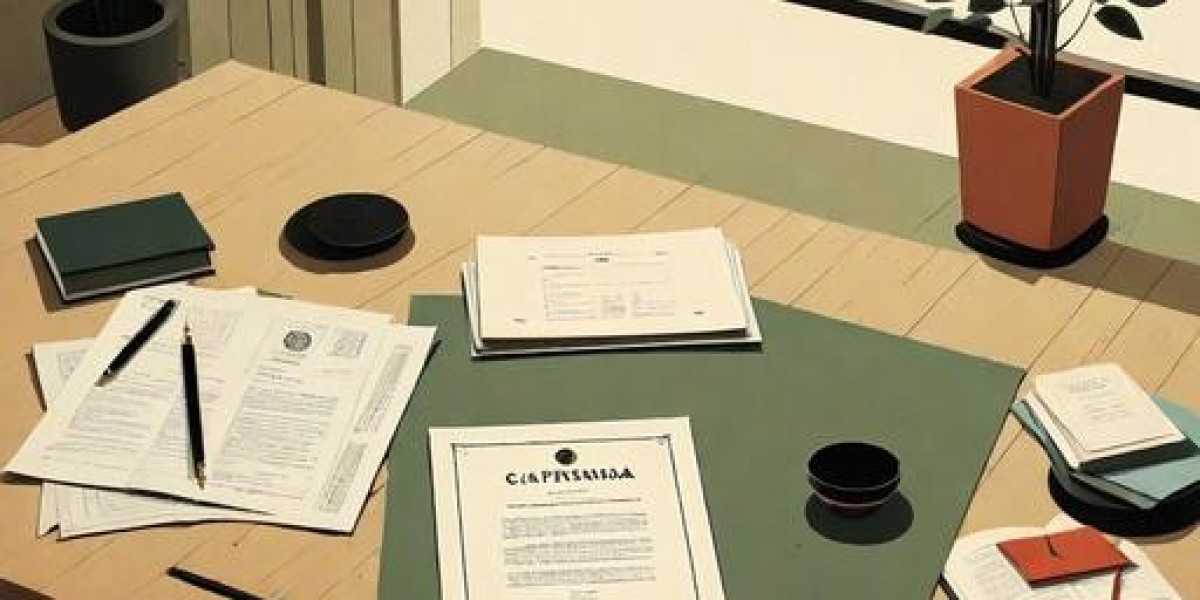Driving License Category B
The process of getting a driver's license involves passing an exam in writing on traffic regulations and road signs. It also involves practical training. It includes learning how to drive with an instructor or licensed adult.
Drivers who hold a license for driving in category b are permitted to drive passenger vehicles or trailers up to a maximum weight of 3,500 kilograms. Certain restrictions may apply, such as not driving between 1 am and 5 am and having just one passenger for the first six months after getting an license.
Passenger car
There are many types of driver's licenses in the US. There are classes for those who drive passenger cars taxis, livery vehicles and taxis (for hire) commercial vehicles, and farm vehicles. The requirements and procedure for obtaining these licenses vary by state.
The most commonly used driver's license is the Class D license, that permits you to drive passenger vehicles. You can also get a class B driver's licence to drive trucks or tow trailers that are smaller. This license is beneficial for those who want to transport a camper, boat or other vehicle for recreation. This license is also useful for transporting family and friends. A Class D license is an identification card issued by the state.
Car driving for passengers requires a high level of concentration on the road and traffic conditions. You should always be driving at a safe speed and keep your eyes open to see what other drivers are doing. You should also be able to comprehend and read road signs and signals, and be aware of the basics of road etiquette.
If you are interested in pursuing a career in the transportation sector, the class B license is an excellent choice. You can drive vehicles that have a an overall weight rating less than 26,000 pounds and tow a trailer of less than 10,000 pounds. You can also earn CDL endorsements that grant you permission to operate certain kinds of trailers and vehicles. With the appropriate endorsement, you can also drive passenger vans as well as small HAZMAT vehicles. This license is required for those who plan to work in the taxi or livery industry and chauffeurs.
Lorry
If you intend to operate a commercial vehicle you'll need an extra license. Typically, you will require either a class A or a B CDL. This will depend on the gross vehicle weight rating (GVWR) of the trailer and the truck being towing. You may also require an endorsement if you want to drive certain types of vehicles or transport certain kinds of cargo.
A class C CDL allows you to drive a single car or combination of vehicles that don't meet the requirements of Class A or Class B, but are used for the transportation of hazardous substances (HAZMAT). You may require an endorsement if you have a fifth-wheel trailer that weighs more than 10,000 pounds. GVWR when the trailer isn't being transported as compensation.
To be eligible for a class B CDL the applicant must be at least 16 and have completed a driver's training course. In addition you must pass a written exam and have a clean driving record. You must also complete 40 hours of driving instruction including 10 hours of night driving. You must also have a valid permit to learn for a minimum period of six months. You cannot carry passengers under 20 years old older in the first year of holding a restricted licence.
A class C license permits you to drive RVs and non-commercial buses. This is the best option if you plan to take your group on a multi-city tour with your Florida grandparents and your uncle who is a farmer. This license is great for those who have to transport materials or passengers. You can also operate one vehicle or a combination up to legal limits, based on the endorsements that you have. Additionally, physically impaired drivers can also ride motor tricycles that have a power output of more than 15kW.
Here are a few examples of the use of trailers:
If you are a driver in the license class B, you can tow a trailer with up to 3500 kg total weight. The trailer loaded must not weigh more than your car, including passengers. The best way to measure the weight of your car and trailer is with an auto scale. They can be found at your local hardware store or garage. Place the scales on each wheel of your car, one by one. The sum of all the measured weights provides the weight of your car and trailer.
You are also able to drive a trailer or vehicle with a maximum of 8,250kg MAM on a license to drive category B+ if you pass the test for
prawo jazdy kat c+e koszt całkowity b (
https://images.Google.so/url?q=http://downloads.smccd.edu/dl?f=https://kartaxpresspoland.com/) subcategory C1+E. Drivers with a driving licence category B and code96 are entitled to drive a vehicle combination that consists of a category A towing car with a trailer weighing no more than 750kg MAM in the event that the vehicle towing has an overrun brake.
Commercial drivers who have the class
Kat B driver's license can operate straight trucks (over 26,000lbs) dump trucks city buses tour buses, segmented busses, and box trucks with small trailers. Additionally, they are able to operate passenger vans as well as small HAZMAT vehicles with the proper endorsements.
In the UK commercial drivers are able to choose from three different kinds of driving licenses. These are classes A, B and C. Class A CDLs allow drivers to operate tractor-trailer vehicle and truck and trailer combinations. They are also able to operate any vehicle specifically designed to carry 16 passengers or more. Drivers may also be granted an endorsement depending on the state to drive flatbeds or tanker vehicles. In some states, it is possible to be granted an CDL to drive passenger cars with trailers.
Motorcycle
Motorcycle riding is a popular hobby in many countries, however it can be dangerous. Before you ride a motorbike it is crucial to understand the rules and regulations in your country. You should also understand the process of acquiring a driver's license. The requirements for different types of licenses differ from state to another. It is crucial to choose the right type of driving license depending on your age and needs.
A Class M driver's license issued to people who have demonstrated their capability to operate a motor-driven cycle or motorbike. A motorized or motorized bike is a vehicle with an engine that has an engine displacement of less than 50 cc. If you intend to ride a moped across state lines, you have to get a permit or endorsement.
If you are younger than 18 years old, you can be supported by one of your parents, guardians or adoptive parents or foster parents so you can get their permission in writing. Additionally, you must undergo a formal training course and pass an exam before you are able to operate on a motorcycle. The test consists of both practical and
b1 Prawo Jazdy written questions. You must also wear a helmet that is DOT-compliant.
It is important to remember that the road traffic authorities will not be conducting practical driving tests in winter. This winter break, also known as closure, varies by canton, but typically runs from November through March. Make sure you plan your training accordingly. Remember that a motorcycle license cannot be used to drive in a car. The reason is that the categories of licences for automobiles and motorcycles are different. You can drive a car with Category
egzamin na prawo jazdy kat b however, not a motorcycle. To ride motorbikes, you must have an additional category of license (Category B for larger motorcycles or Category A1 for smaller bikes).
Snowmobile
The driving of a snowmobile requires specialized skills, because the driving environment is different from that of other vehicles. For instance, a driver must be aware of the risks of going off the track and the dangers associated with driving in a forest during winter. In addition, the driver must be aware of the rules for snowmobiles. This is particularly important since many accidents occur when the driver fails to follow traffic rules and regulations. Snowmobile drivers must also wear a helmet, as they are at risk of getting injured from flying debris or accidents. The driver should wear gloves to protect themselves when handling snowmobile controls.
The minimum age to drive on a snowmobile is 16. A Restricted License is required for persons under 16 years of age. This license expires at the age of 21. Drivers can operate unrestricted after the age of 18. In order to obtain this license, the applicant must submit a parental signature and fill out a Basic Driver Examination Permit Form. The applicant must also complete 50 hours of practice, 10 of which must be during the night. Minors cannot transport passengers younger than 21 in the first year following obtaining their license unless they are part of the immediate family.
Snowmobiles can be operated on public land and waterways but not on highways or roads. The driver must be at least 14 in order to operate a snowmobile on public lands and all operators under the age of 18 must complete an approved Snowmobile Safety Course. They also must wear Coast Guard-approved personal flotation devices when operating on ice-covered waters. This is required for security to shield the operator and passengers from injuries and fatalities.
 Проверенный онлайн-магазин с обширным выбором документов
Tarafından sonnick84
Проверенный онлайн-магазин с обширным выбором документов
Tarafından sonnick84 Онлайн-магазин, где возможно будет купить диплом ВУЗа
Tarafından sonnick84
Онлайн-магазин, где возможно будет купить диплом ВУЗа
Tarafından sonnick84 How will it be possible to understand the reliability of online casinos in our time?
Tarafından sonnick84
How will it be possible to understand the reliability of online casinos in our time?
Tarafından sonnick84 Joystick Controller 1001118417 http://www.lemoparts.com/
Tarafından raojia198965
Joystick Controller 1001118417 http://www.lemoparts.com/
Tarafından raojia198965 Правильно заказываем документы в сети интернет - авторский обзор
Tarafından sonnick84
Правильно заказываем документы в сети интернет - авторский обзор
Tarafından sonnick84
